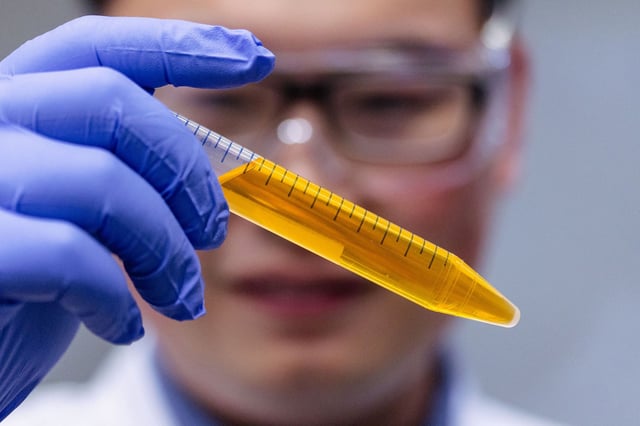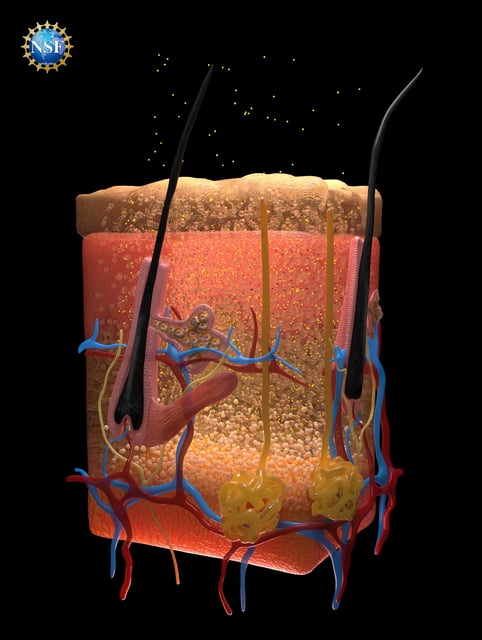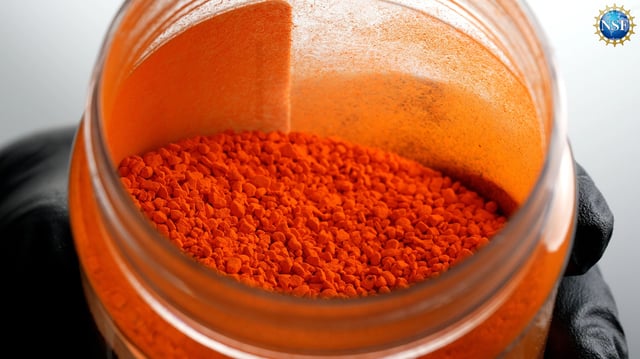Overview
- A mix of water and tartrazine, a yellow food dye, was used to render mouse skin transparent.
- The technique allowed observation of blood vessels, organs, and muscle fibers in live mice.
- Potential applications include improved blood drawing, cancer detection, and tattoo removal.
- Human skin's greater thickness presents challenges for applying this method to people.
- The study's findings could revolutionize optical research and biomedical imaging.



